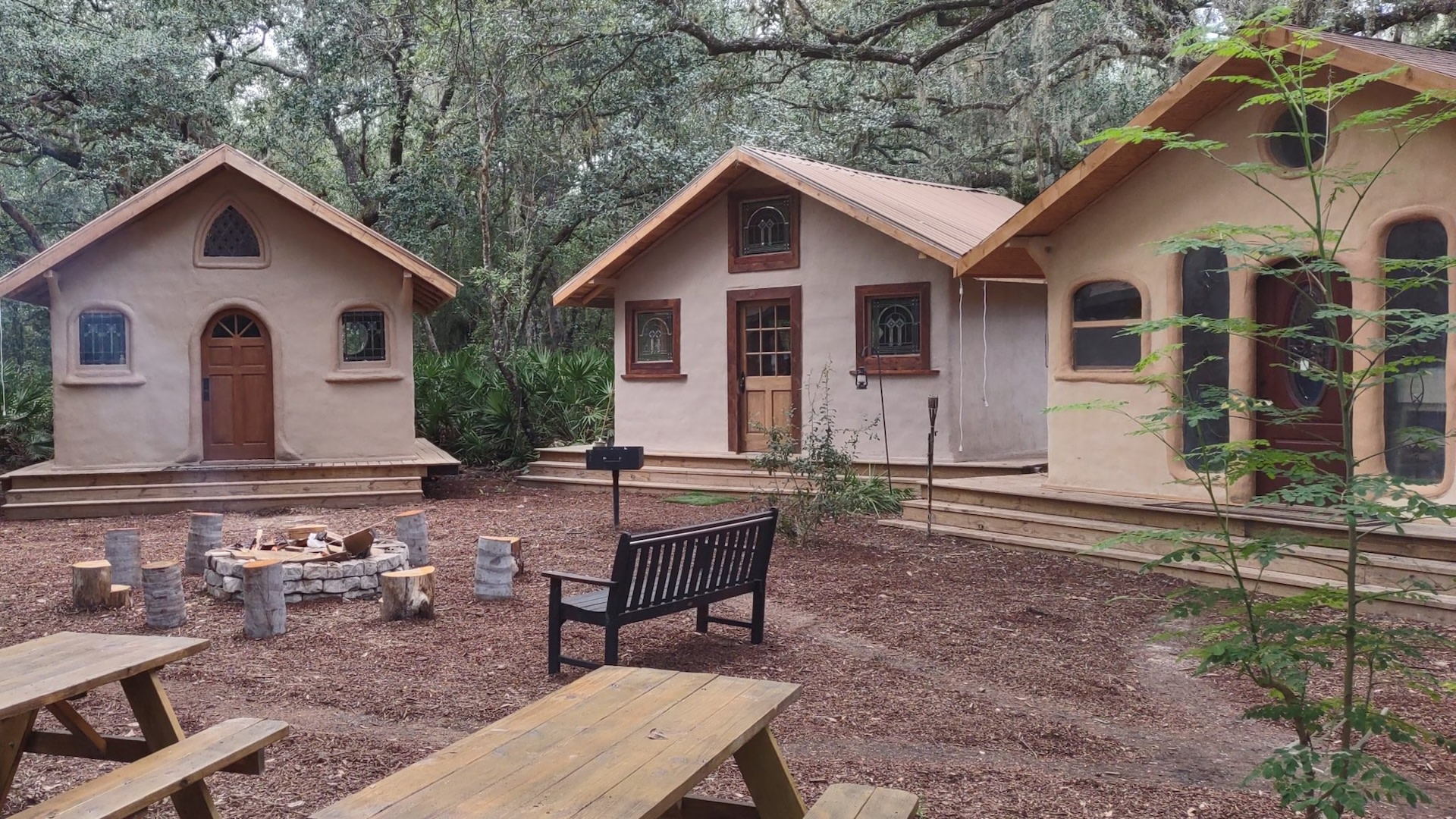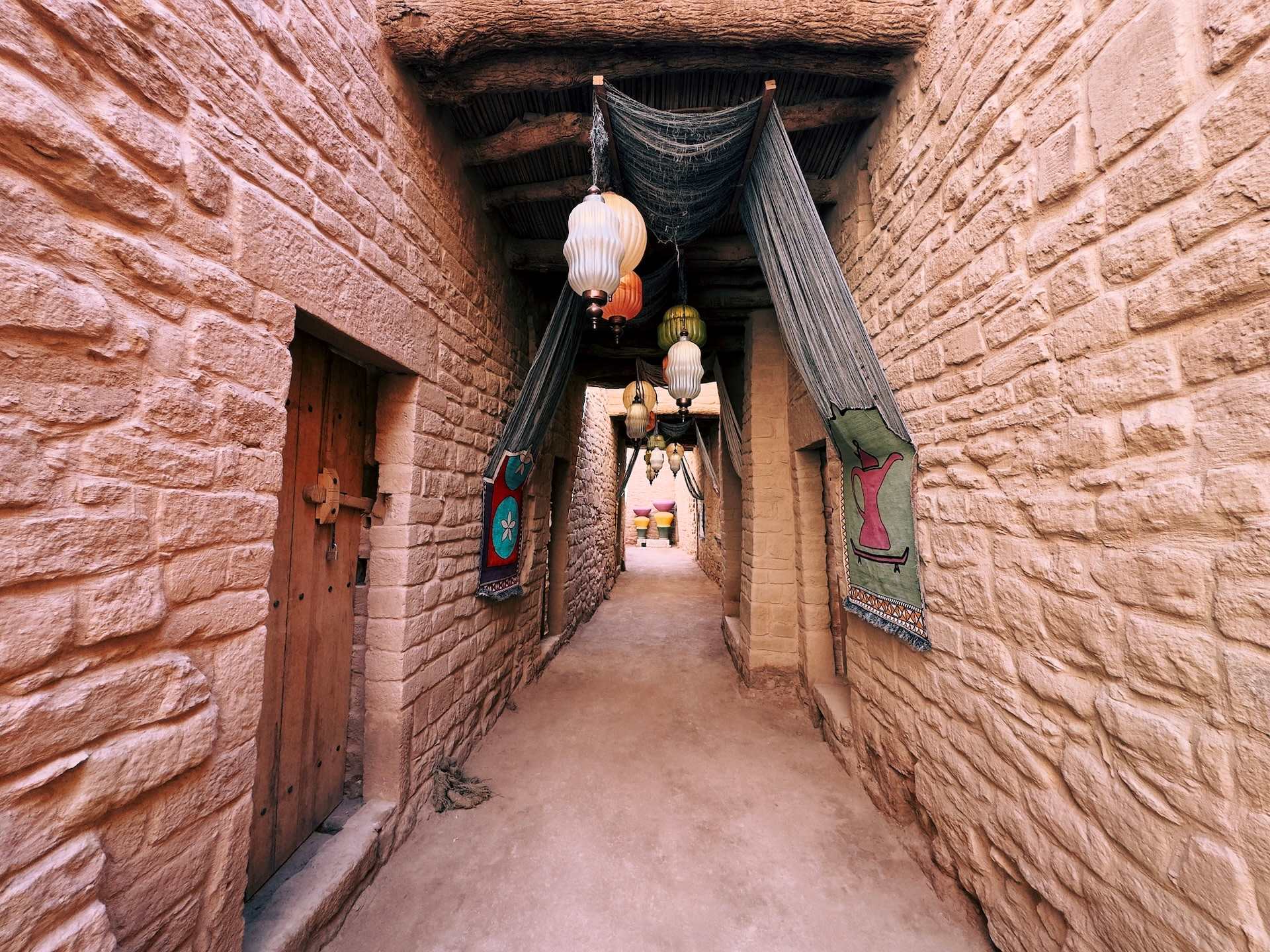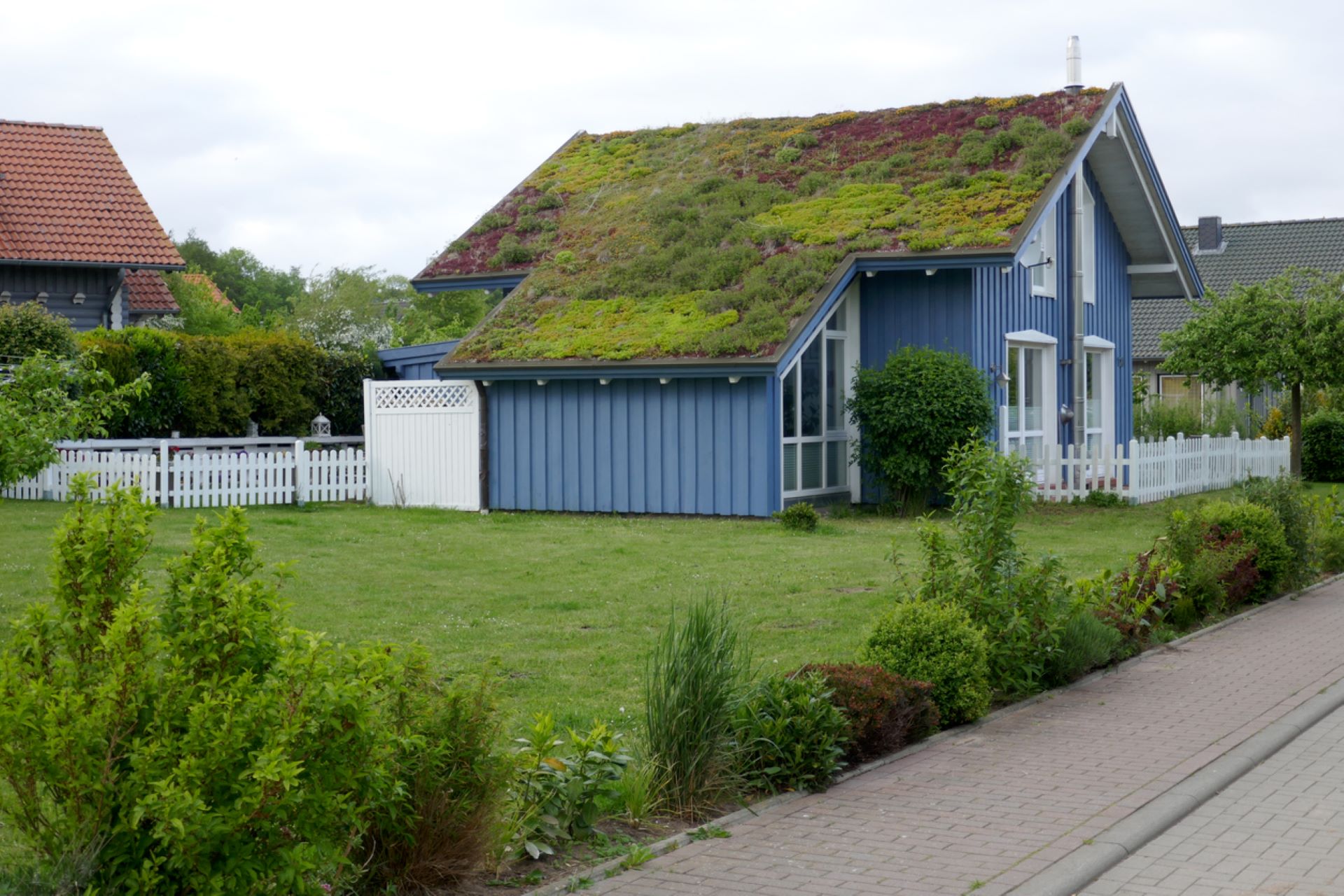In pursuit of energy-efficient, affordable, and eco-friendly building methods, innovators worldwide are creating new materials and construction techniques.
However, some of the best options for a cost-effective and green building project are ancient discoveries reimagined for a modern world. Here are six of the best.
Roman concrete

For years, researchers were unable to recreate this incredible material, which heals itself when cracked and has stood for hundreds or thousands of years in places.
Recent discoveries have identified ingredients such as lime and volcanic rock that help concrete structures withstand weathering. Researchers examined chunks of these ancient buildings to identify materials that could make modern concrete stronger, too.
Stone

While it's often seen as an upscale building material used only by the wealthy, cutting stone blocks is cheaper than producing bricks.
Preparing stone for construction uses much less energy than common building materials like concrete and steel, and it's generally found locally, making it eco-friendly in addition to being strong and fireproof. Advocates also point out its cooling power, an asset in an overheating world.
Cob

"Cob" doesn't mean corn cobs, but instead a mixture of clay-rich soil, sand, straw, and water. It can be made from the very same soil that a home is being built on, minimizing transportation costs and fuel use, and it's prepared by drying it in the sun instead of using energy-intensive methods.
If you're worried about building houses out of mud, don't be; correctly sealed cob can last for centuries.
Adobe

Also called "earth-built" structures, adobe buildings are made with bricks using mud as mortar. Like cob homes, they're surprisingly sturdy, with some buildings lasting as much as 900 years. They can also use ancient techniques for passive ventilation and temperature control to stay warm in winter and cool in summer.
Green roofs

A green roof is a roof designed with plants growing on it. These rooftop gardens aren't just for looks; where a traditional roof soaks up sunlight and can dramatically heat a house in summer, green roofs actively cool the home and the surroundings.
The first green roofs grew over caves, but more recent ones are popping up in cities where they help to counter the heat island effect.
Seaweed

This material is noted for being antibacterial and nontoxic, as well as absorbing moisture. It insulates homes effectively, resists fire, and is getting ever more plentiful thanks to the increased carbon dioxide in the atmosphere. Builders can use it inside walls as insulation, or even cover the exterior of walls and roofs with a seaweed thatch.
Watch now: Could this concentrate replace all the toxic cleaning chemicals in your home?
Join our free newsletter for weekly updates on the coolest innovations improving our lives and saving our planet.









